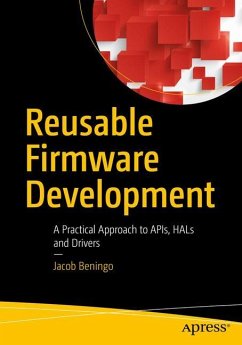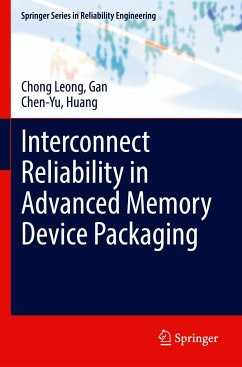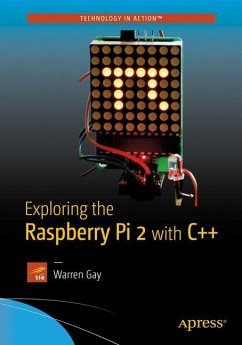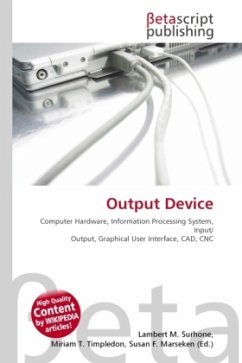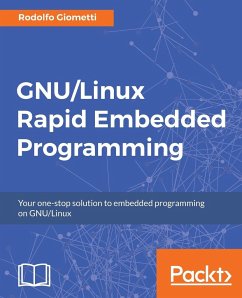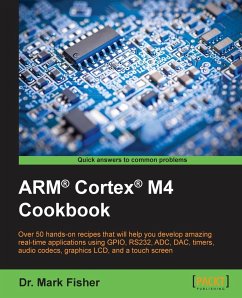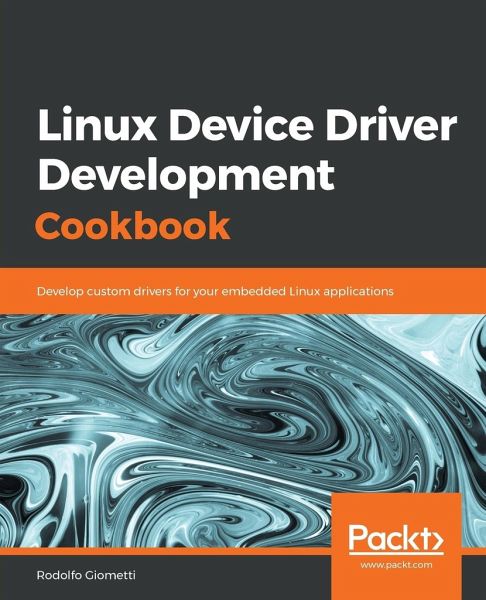
Linux Device Driver Development Cookbook
Versandkostenfrei!
Versandfertig in 1-2 Wochen
49,99 €
inkl. MwSt.

PAYBACK Punkte
25 °P sammeln!
With a recipe based approach this book gives you practical recipes on character drivers and related kernel internals. It shows you how to start writing Linux device drivers and tools to understand, debug or modify them.






